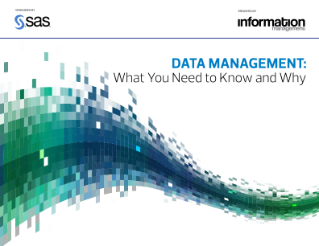
In my previous post I discussed the practice of putting data quality processes as close to data sources as possible. Historically this meant data quality happened during data integration in preparation for loading quality data into an enterprise data warehouse (EDW) or a master data management (MDM) hub. Nowadays, however, there’s a lot of










